Ask A Solution Provider: Where Are You Placing Your Biggest Strategic Bets For Growth In 2022?
From digital transformation and Wi-Fi access points to hybrid cloud and Windows 365 to managed detection and response and business continuity, here’s where nine solution providers attending last week’s Best of Breed Conference 2021 plan to place their biggest strategic bets for growth in 2022.

Security, Cloud Reign Supreme
Solution providers are looking to take advantage of increased demand for cybersecurity and cloud offerings in 2022 to grow their business. As ransomware attack surge, customers are turning to solution providers for help with everything from pre-event preparation to managed detection and response to protecting remote workers that are no longer on the corporate network.
From a cloud perspective, solution providers plan to more closely examine what investments will be necessary to support hybrid deployments where organizations desire both cloud file storage as well as local repository and access. Cloud investments span the gamut from containerization and microservices to cloud desktops like Windows 365 that allow businesses to get some administrative controls back.
From digital transformation and Wi-Fi access points to hybrid cloud and Windows 365 to managed detection and response and business continuity, here’s where nine solution providers attending last week’s Best of Breed Conference 2021 plan to place their biggest strategic bets for growth in 2022.
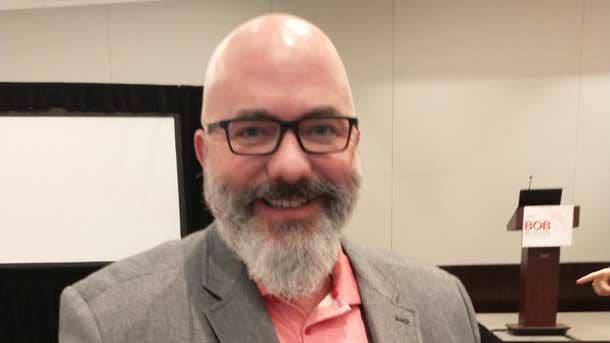
Security And Hybrid Deployments
Craig Hickman, Vice President of Sales, Bloomington, Ind.-based ProBleu
Security, and we‘re doing a lot more hybrid. A lot of clients are wanting to take part of what they have to the cloud, but also keep something local since they don’t fully trust the cloud. That’s going to be the big thing. A lot of those clients are being converted, we’re taking the local file storage and either going to SharePoint or sticking it in some kind of cloud service. But they’ll always have a local repository and access at some level.
You have a lot of clients that have infrastructure that‘s been there for years, and a lot of the infrastructure like the hierarchy or the file system won’t easily convert to the cloud. There’s a lot of time spent having to clean that up because a lot of people haven’t deleted anything. So you have 10 or 15 years of data that they still want for some reason, but it’s not in a good position to be actually shoved into the cloud. So we spent a lot of time figuring that all out how to get it all converted.
Security would be part of the Blackpoint deployment and maybe looking at Cynet, but that would be an additional add-on for a lot of our clients. Because right now, we don‘t have it as actually part of our package. A lot of it is a la carte. So that would be an addition to add. But the thing is when you add those, you find a lot of things that are going on that need to be remediated. There’s a lot of potential income there of having to resolve and fix issues that are found once it’s deployed. But everybody’s highly sensitive to security right now. And then training. Training is another area. People don’t want SharePoint training, they want to know how to use their 365. Phishing attempts training is hugely popular right now. We constantly are getting training requests, and we’re not a training company, but we’re learning.
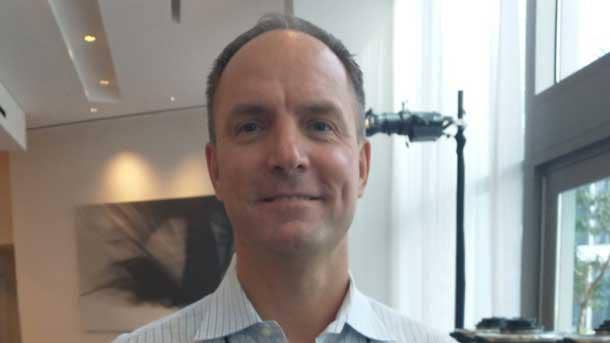
Security
Dale Shulmistra, President, Morganville, N.J.-based Invenio IT
Right now, we‘re in the business continuity side of things after an event happens, but I think it’s probably in security. We’re looking to expand pre-event, pre-disaster, so we’re probably looking on the security side of things, probably the biggest area we’re seeing.
Ransomware is here to stay. We‘re having so many clients that are being hit with ransomware, pharmaceutical clients, hospitals, even mom and pop shops. Almost everybody right now is being hit and it’s so devastating for that client. And it’s not going away, it’s getting worse. It’s probably the biggest reason why security,
We‘re looking at the MDR [managed detection and response] space. And before that, we’re looking at zero trust solutions so the applications are only limited to doing what they’re set to do with rules in place so that they can’t go beyond or outside of their allowed jurisdiction of what they should be doing. For example, for some applications, we shouldn’t be pulling up PowerShell and running scripts. So doing that kind of stuff and some ring fencing would probably the two biggest areas.

Digital Transformation
Phillip Walker, Customer Advocate CEO, Network Solutions
Phillip Walker, customer advocate CEO at Network Solutions Provider, a Manhattan Beach, Calif.-based solution provider, told CRN his company is placing its 2022 bets on customers‘ digital transformation journey, including security and DevOps.
Walker defined digital transformation as everything that happens above the application and infrastructure.
“Anything having to do with application, productivity, cloud economics, profitability, and actually touching the end users,” he said. ”Scaling out customer experience solutions, moving data lakes, and opening up companies to that new era of hyper-business.”
Network Solutions Provider is investing on the digital transformation bet in a number of ways, Walker said.
“New partnerships and people, and a new channel division, and a strategy around RBA (robotic automation),” he said. ”Yes, a new division. We haven‘t decided strategically how it’s going to roll up into me. But we’ll allow them to wave their own flag and go after that digital market.”
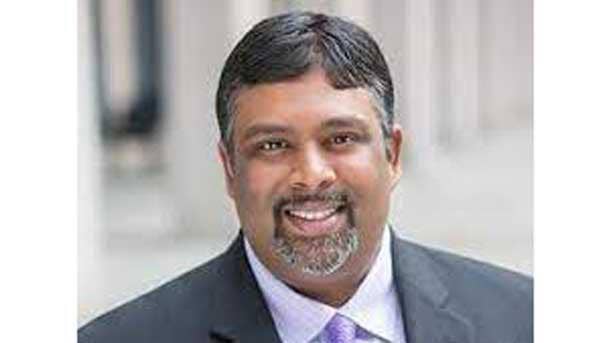
Cybersecurity And The Decentralized workspace
Vinod Paul, COO, Align
An emphasis on cybersecurity and the decentralized workspace is the biggest bet being placed by Align, said Vinod Paul, chief operating officer for the New York-base managed service provider.
“Our clients, even with vaccines and getting back to some sense of normalcy, will never go back to the office five days a week,” Paul told CRN. ”One thing that our clients have learned from COVID is the fact that they can work productively from remote locations. And it‘s also opened up their labor forces, which allows them to have employees and workers in Upstate New York, or in Florida or California, no longer bound to going to the office in New York City or whatever other major financial hub that our clients have.”
Align‘s emphasis is 100-percent focused on the decentralized workspace and its related cybersecurity challenges for financial services businesses, Paul said.
“Most of them are registered investment advisors,” he said. ”So not only do they have a fiduciary responsibility to their investors, they also have a legal responsibility to the SEC. Because of that, they have to have some security controls in place.”
The security needed for such clients depends on what platforms they are leveraging, Paul said.
“There are firms that do it very well and can create controls and layers of protection,” he said. ”And there are some firms out there that use a vendor that provides less. For us, with our clients, we very much control the endpoints. We ensure their corporate devices. We put many layers of cybersecurity controls in place. And we won‘t allow them to go outside of those layers.”
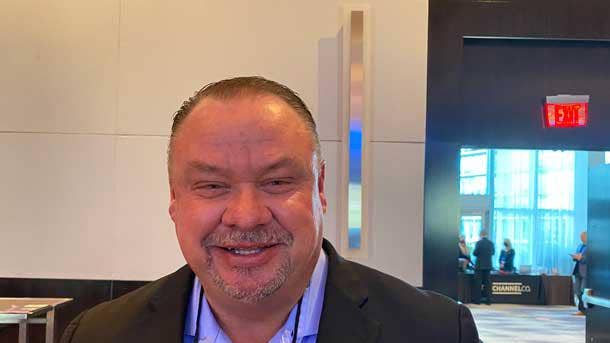
Healthcare
Richard McKinnon, CEO, DVBE Technology Group,
“Anything in healthcare. Healthcare and the security of healthcare is where all of the business is for me, at least right now in the state of California. I’m seeing security threats in the healthcare industry all the time because everything has to be HIPAA compliant. A lot of times the state‘s public sector is behind private sector on being up to date. But I’m very fortunate, I’m working with a lot of the larger integrators like Deloitte and KPMG and others so very blessed as far as that goes.

Data Collection
Felise Katz, CEO of PKA Technologies
Security, hyperconverged, networking, edge and cloud. Those are all our biggest bets. That‘s where the customers are spending and that’s where they need to spend. Everyone has this phenomenal collection of data, and what do you do with it? Customers are using it to be more competitive, whether they are in any vertical, like retail or higher education.

Return To Office
Jeffrey Lee, CTO & Executive VP at Carceron Systems Group
It‘s all about return to the office. A lot of offices are either empty or if businesses are still paying rent, then they have a server in-house and some people that are going into the office. It’s about making sure infrastructure is being updated that’s been in place for the last two years. We’ve done a little bit of that -- we’re replacing some switches and putting in faster Wi-Fi access points on premise so that when they do return to the office, they’ll have the support in place.

Hybrid Cloud, Red Hat Solutions
Mark Wyllie, CEO, Flagship Solutions Group
“Hybrid cloud, which is both on-prem and off-prem. Red Hat--more Ansible and OpenShift. Security--providing security as a service. And then data analytics. Those are the four biggest areas.
People are still trying to figure out how they should utilize cloud most effectively in their organizations. I do think the pendulum is starting to swing back to where hybrid cloud is really the right discussion to have with a customer. Because there’s things that make a lot of sense to be in the cloud, and there’s things that don’t make much sense--that maybe should come back and be more on-prem. The idea that the answer is ‘always cloud’ is coming back to, let’s rationalize the workload, look at the pros and cons.
The primary way we’re focusing on Ansible is automation. And that is doing more with less--less people, maybe even less data centers. The other side is OpenShift, and that is basically containerization and microservices. And I really do think a lot is going that way. You have legacy systems that people have been propping up for years, and they either need to sunset it, or do something different, or continue to operate with it. If it’s going to be a growth area for the company, the chances are that they’re going to have to rewrite it. Containerization with microservices is a much more efficient way to move forward with that.”
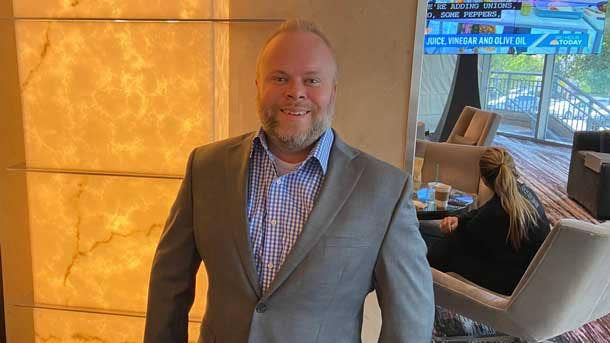
Windows 365
Nathan Phinney, Director of Business Development, DataPath
“Cloud desktops are becoming really attractive to businesses, because it allows them to get back some of the administrative controls that they had in place when everybody was working in offices. With Windows 365, Microsoft has really revolutionized the way that they make that service offering. And I think that what they’ve done is going to be transformative. It is so good that it’s going to make a lot of the existing desktop providers irrelevant.
I’ve been using Windows 365 for about two months. We did deployments with Windows Virtual Desktop, which were successful, but they were hard. There’s a lot that goes into a successful WVD deployment, which was the only way to run desktop OS on a cloud desktop before Windows 365. So you needed an engineer, and it was like a 30 to 40-hour project to set up an environment for Windows Virtual Desktop. Now you can just buy a license and assign it to the user, and bang there’s a desktop--it takes 15 minutes. So I think companies will really benefit from that. I think that’s going to do very well.”